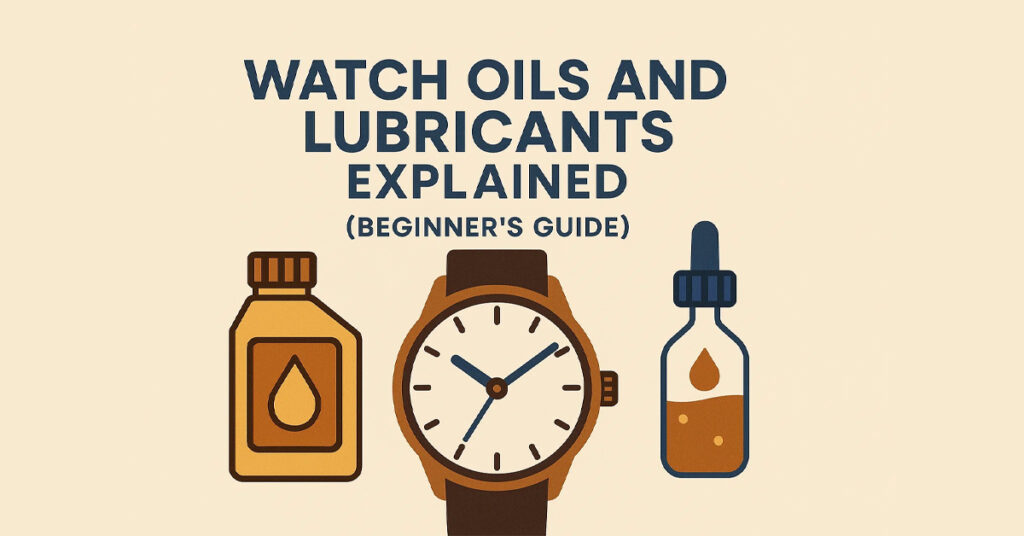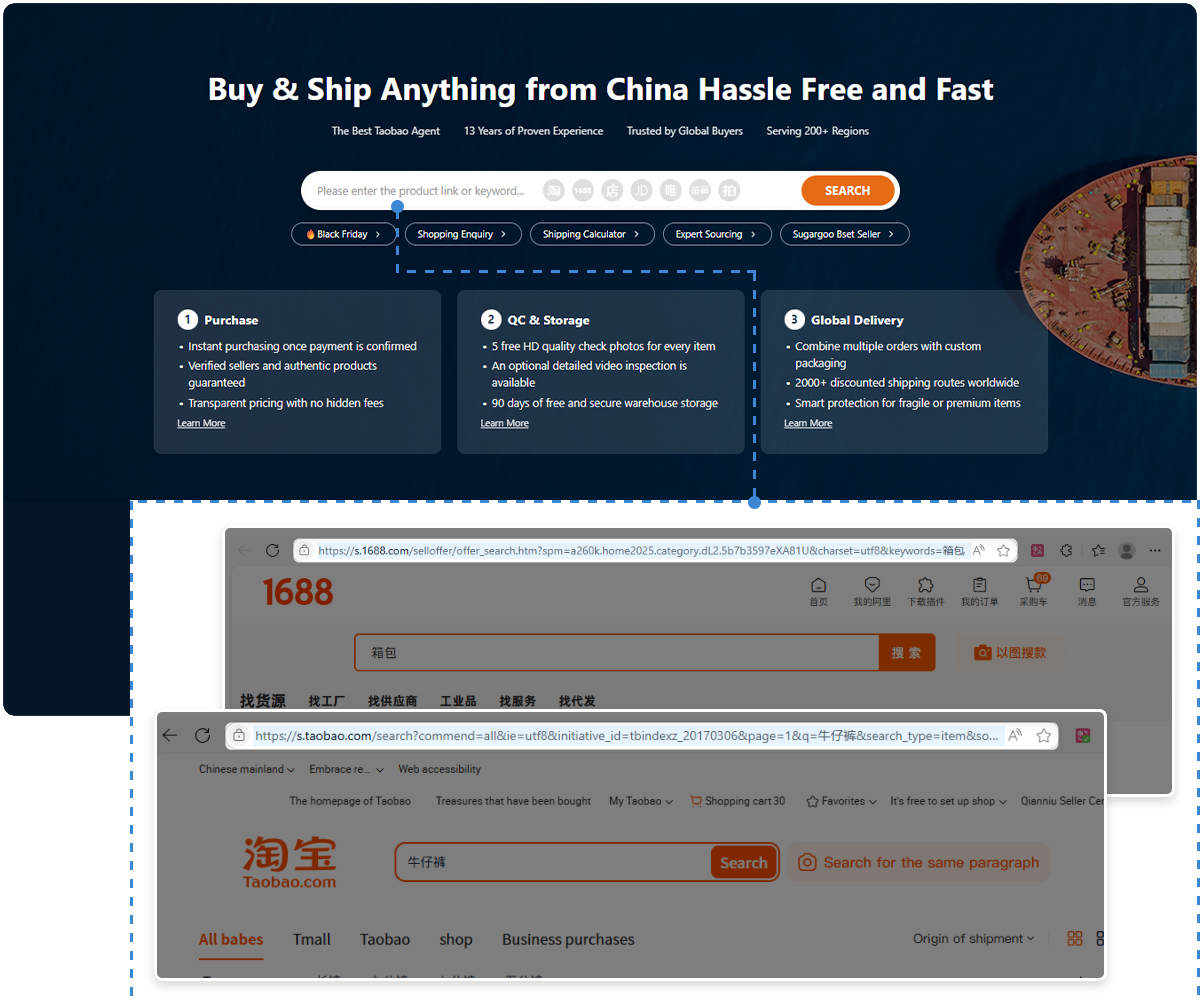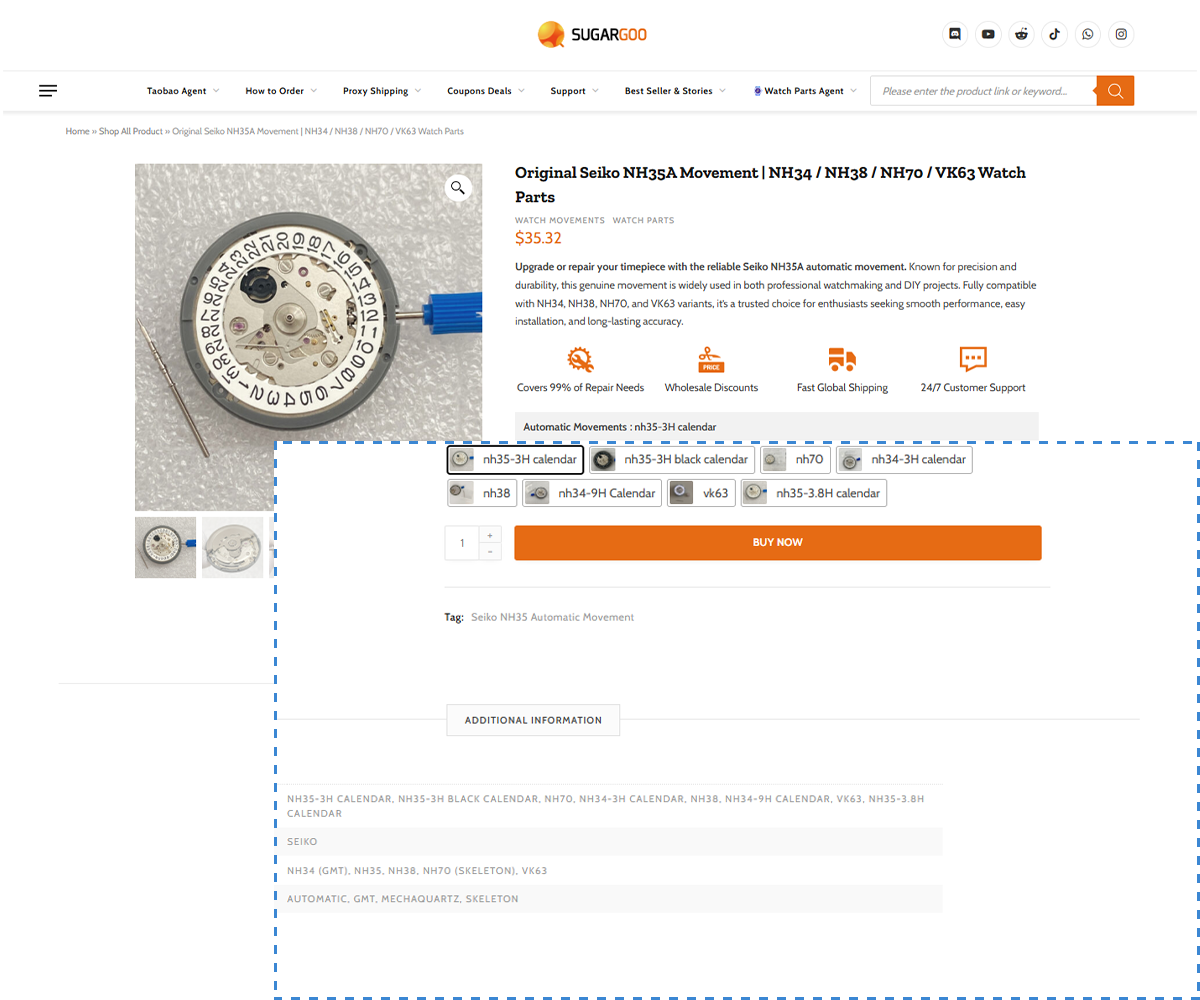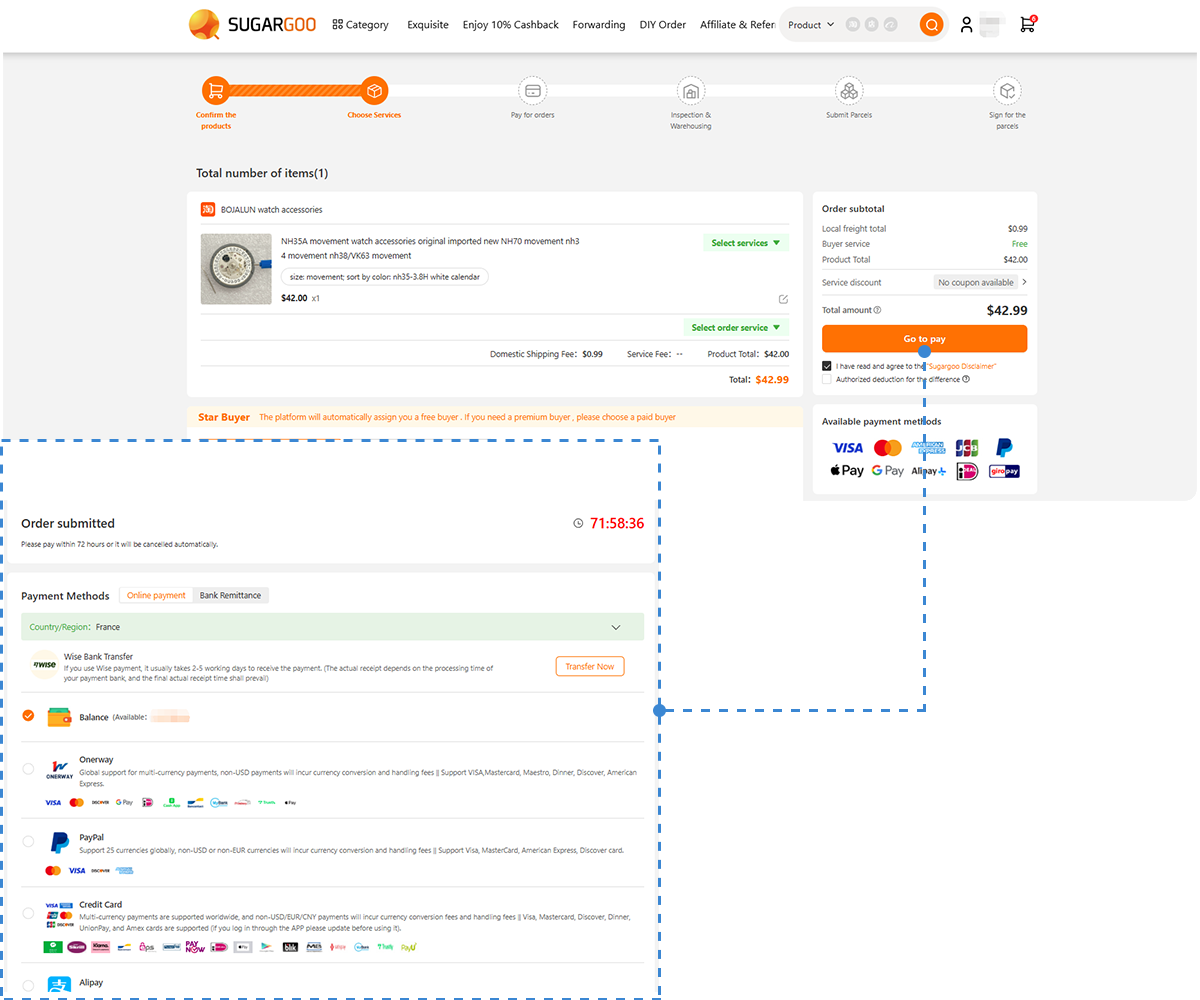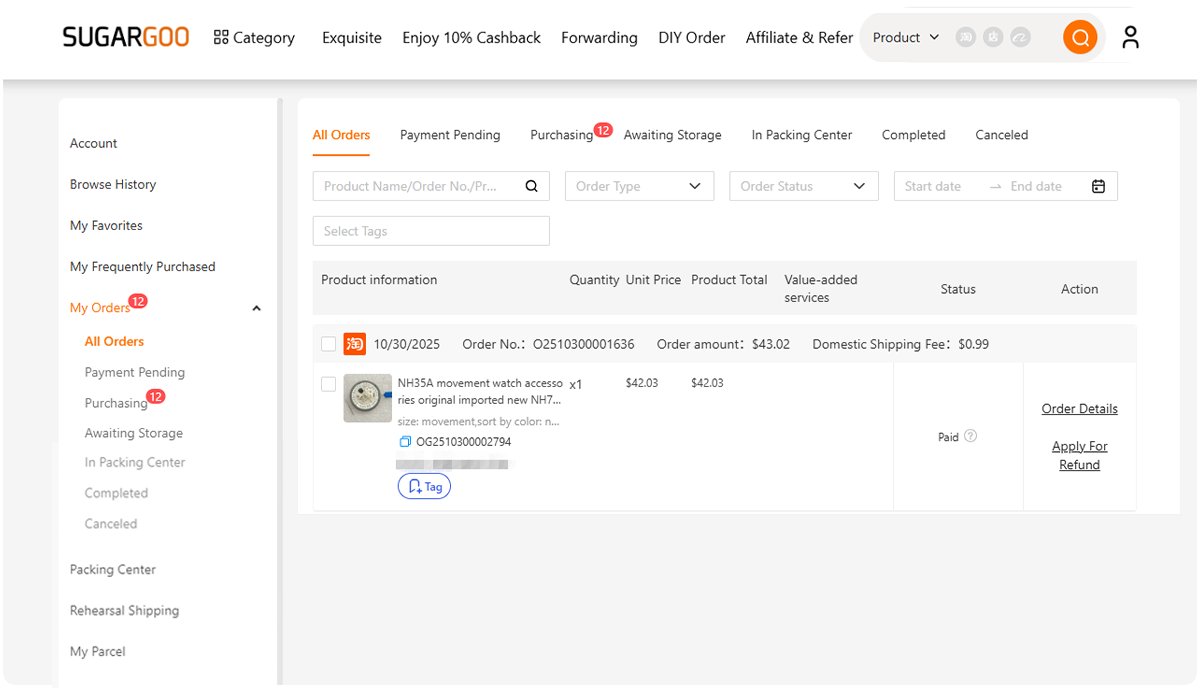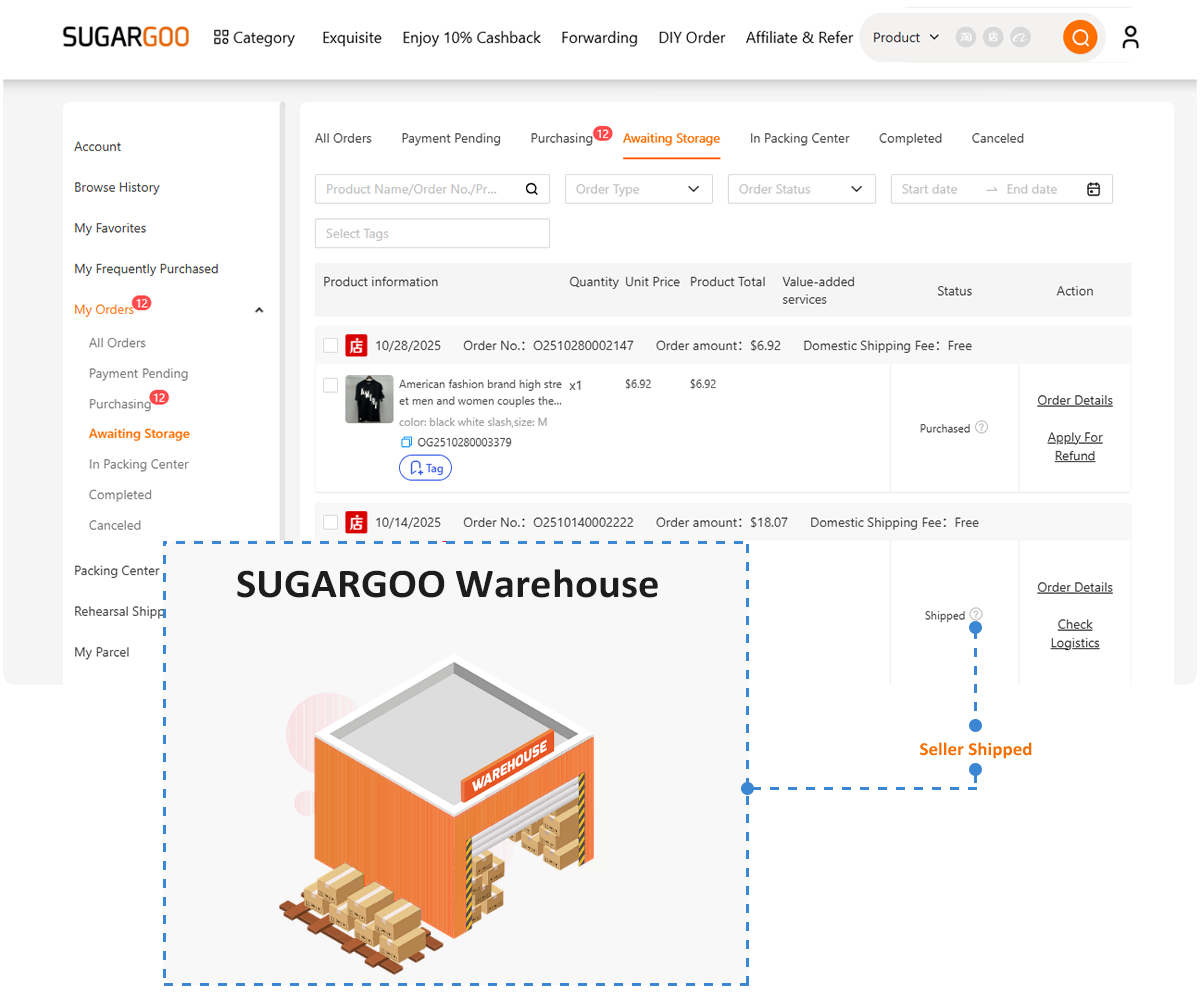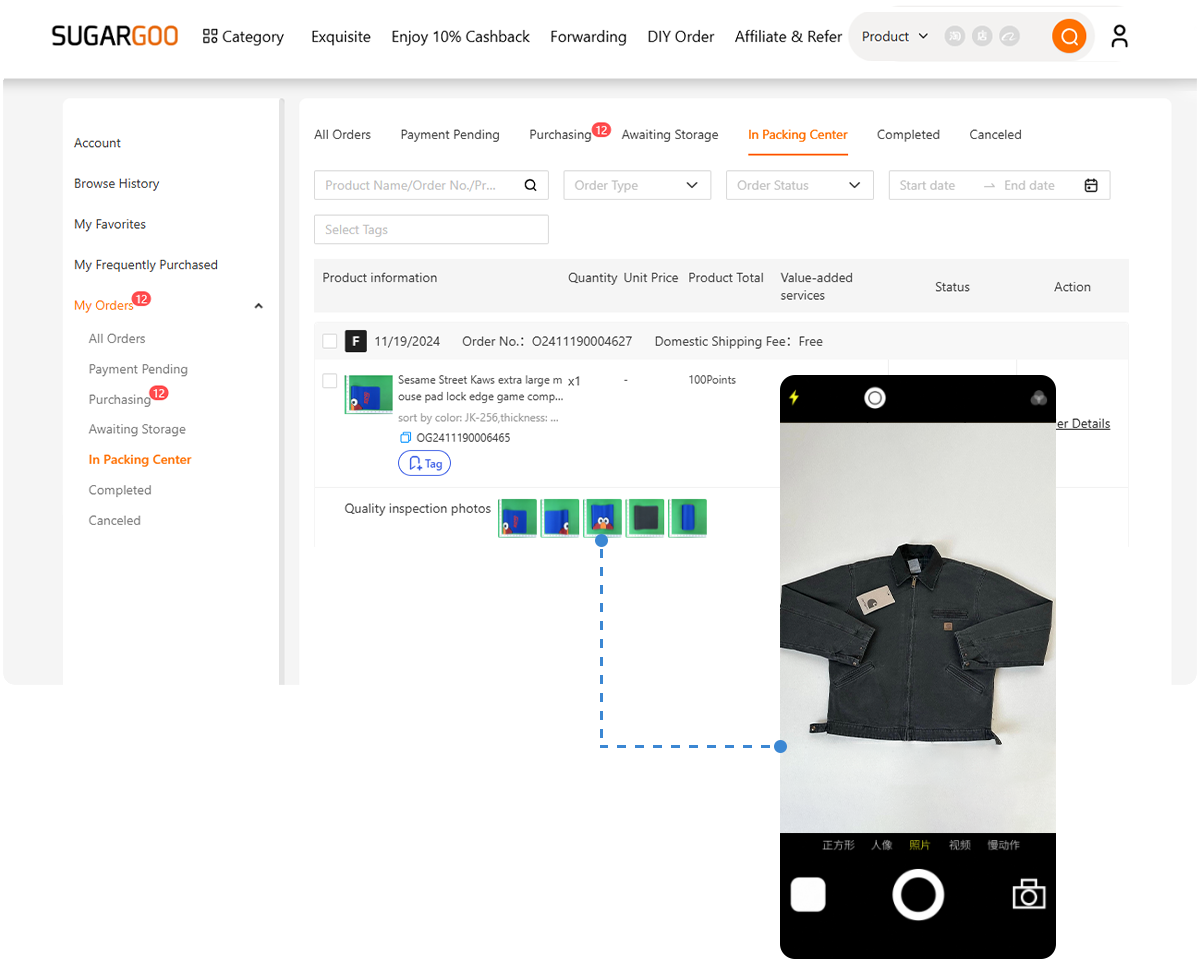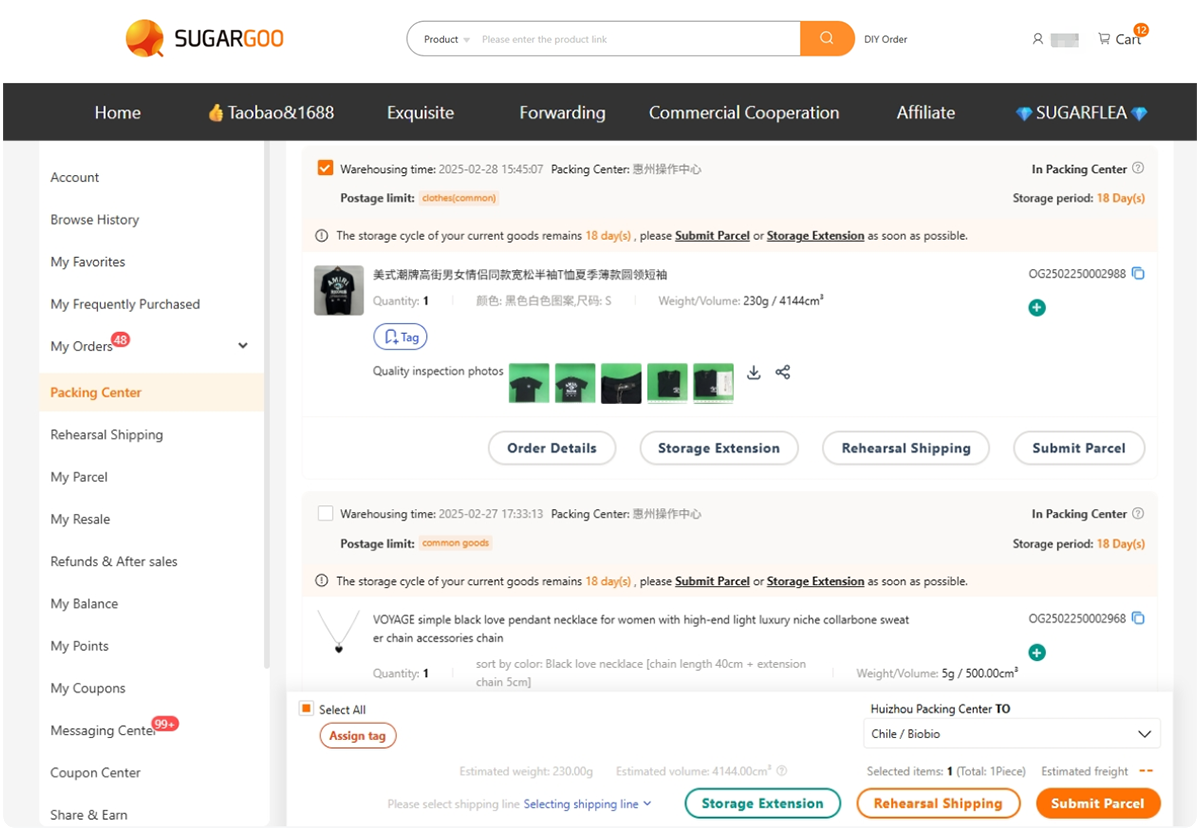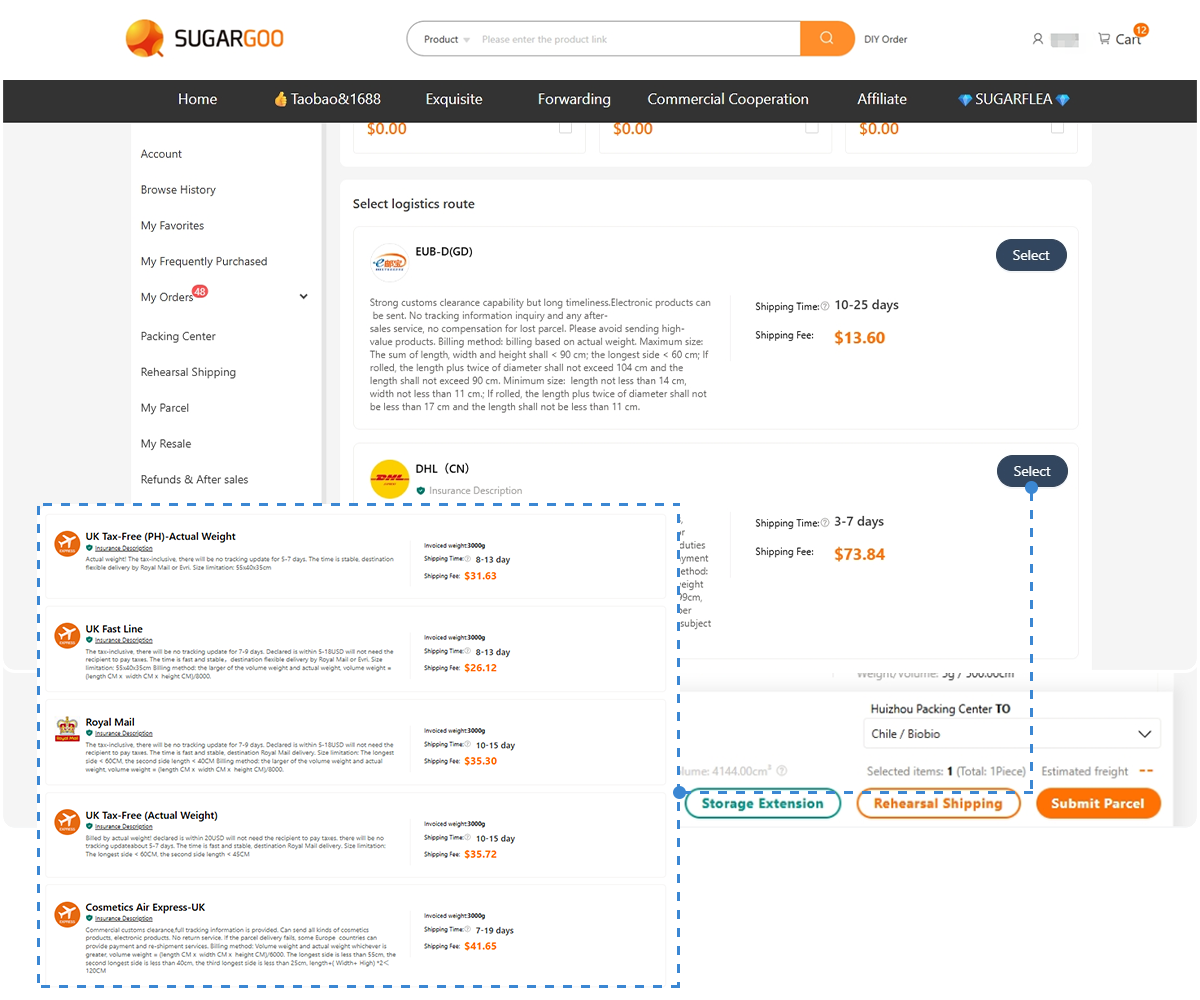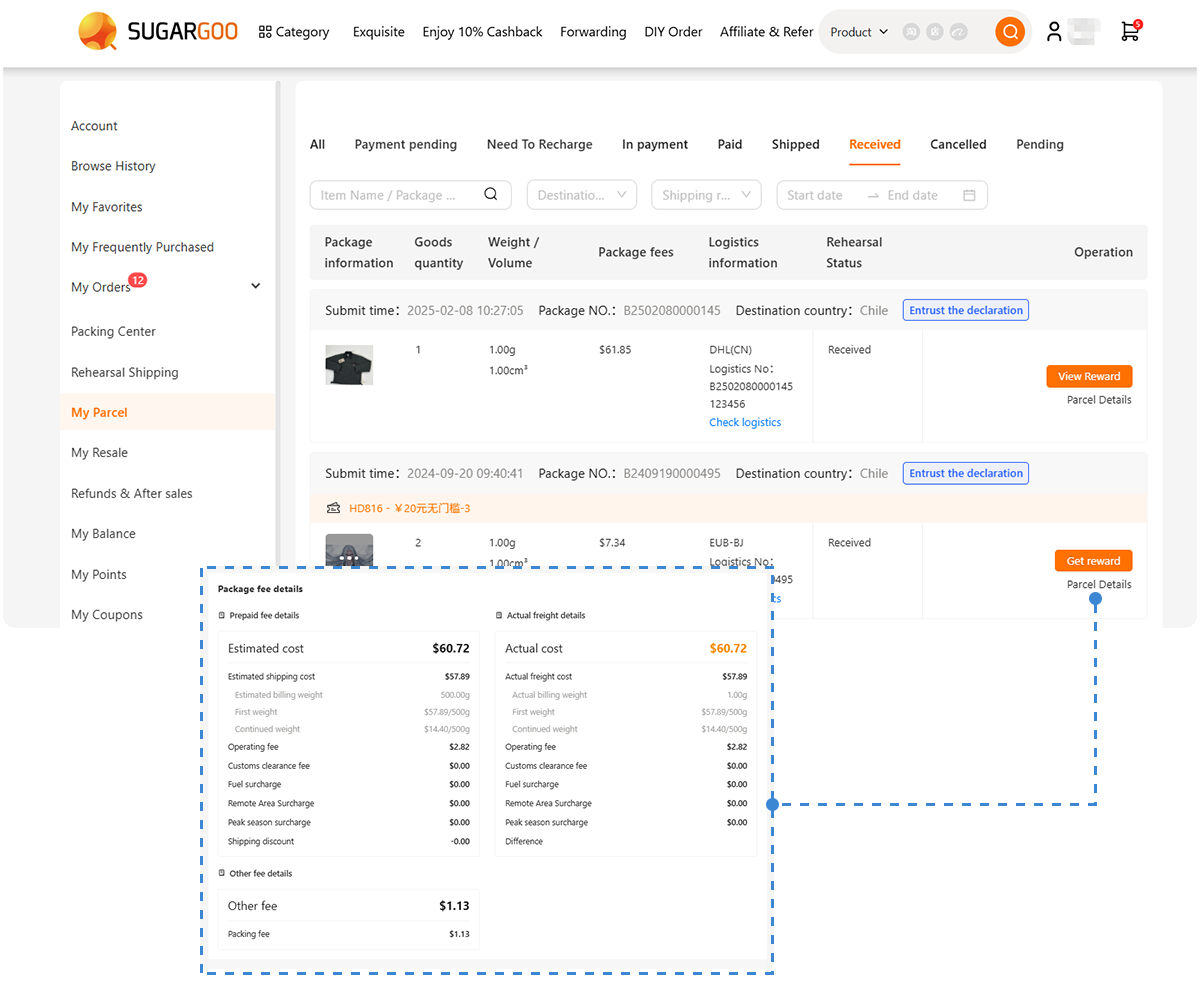There’s a quiet beauty to a well-oiled watch. When you wind the crown and feel that smooth, buttery resistance — that’s not magic. That’s good lubrication at work.
Most beginner watch modders and DIY repairers spend hours choosing dials and hands, but forget one of the most critical ingredients in a mechanical movement’s life: oil. Without the right lubricant, even the most precise Seiko NH35 or ETA 2824 will grind itself to death in silence.
Let’s lift the veil on how watch oils work, why they matter, and how to use them the right way — whether you’re tuning your first NH35 or servicing your vintage Seiko 5.
1. Why Watches Need Oil
Every moving part in your watch — from the gear train pivots to the balance staff jewels — creates friction. That friction, multiplied by thousands of oscillations per hour, slowly wears metal surfaces down.
Oil reduces that friction. It forms a microscopic film between parts, keeping them separated just enough to move freely without contact.
The result?
- Smoother gear train motion
- Longer component lifespan
- Better amplitude and timekeeping
- Less wear on pivots and jewels
Without oil, your movement doesn’t just run dry — it runs doomed.
2. The Basics: How Watch Oils Work
Watch lubricants are synthetic or natural fluids engineered for one thing: consistency. They must stay stable under heat, humidity, and time — sometimes for a decade.
Each part of your movement needs a different viscosity (thickness). Too thick = drag. Too thin = evaporation.
That’s why a full-service chart looks like an art map — oiling isn’t random; it’s targeted.
If you’re using an NH35 movement, you’ll usually need 3 main types of lubricants:
- Light oil for escapement and balance pivots
- Medium oil for gear train and barrel arbors
- Grease for winding and keyless works
3. Watch Oil Categories (and Where They Go)
Here’s a quick overview of what goes where — a cheat sheet for every beginner watchmaker.
| Type | Common Products | Used For | Notes |
|---|---|---|---|
| Light Synthetic Oil | Moebius 9010, 9020 | Balance pivots, escapement, third wheel | Low viscosity; fast-moving parts |
| Medium Oil | Moebius 9104, 1300 | Center wheel, intermediate gears | Balanced flow and retention |
| Grease | Moebius 8200, Seiko S-6 | Keyless works, setting lever, cannon pinion | High resistance, stays put |
| Mainspring Lubricant | Moebius 8201, 8217 | Inside mainspring barrel | Prevents sticking and power loss |
| Epilation Oil (Thick) | Moebius HP1300 | Calendar plates, date wheels | Protects sliding surfaces |
💡 Pro tip: Always use dedicated watch oilers — don’t dip directly into bottles.
You can find beginner-friendly oiling kits in Sugargoo’s Watch Repair Tools collection — perfect for Seiko and Miyota movements.
4. The Right Oil for the Right Movement
Not all movements drink the same oil. Each caliber has its own rhythm, beat rate, and mechanical stress points.
Here’s a simplified movement-specific oiling guide for common calibers:
| Movement | Suggested Oils | Notes |
|---|---|---|
| Seiko NH35 / NH36 | Moebius 9010, 9104, 8200 | Apply thinly on escapement & center wheel pivots |
| Miyota 8215 / 9015 | Moebius 9010, HP1300 | Slightly less oil on center wheel due to tighter jewels |
| ETA 2824 / SW200 | Moebius 9010, 9415, 9501 | Needs escapement-specific lubricant (9415) |
| ST36 (manual) | Moebius D5, 8200 | Manual winders need extra grease on crown gears |
If you’re ever unsure, look for a “NH35 oiling chart” or “ETA lubrication map” — available on many horology forums.
Or, simply use pre-assembled oiled movements directly from verified suppliers on Sugargoo’s Watch Movements page.
5. Where to Apply Oil (and Where Not To)
One of the biggest beginner mistakes? Oiling everything.
Watches don’t need to be “wet.” They need to be precisely lubricated.
Here’s a list of where to oil — and where to absolutely avoid:
Apply oil to:
- Each jewel pivot (minute, third, fourth, escape wheel)
- Balance staff upper & lower jewels
- Barrel arbor (top and bottom)
- Pallet fork pivots (lightly)
- Setting lever and winding gears
Do not oil:
- Pallet stones (use escapement grease only if needed)
- Hairspring or balance wheel screws
- Gear teeth directly (only pivots)
- Dial side components near the calendar (unless dry grease is specified)
💬 Think of oiling like seasoning food: a drop too much ruins the dish.
6. Tools You’ll Need for Oiling
Oiling is a skill built on precision — not just hands, but tools.
| Tool | Function |
|---|---|
| Oiler Set (Color-coded) | Each color = different oil thickness |
| Oil Cup | Holds small portions of oil to prevent contamination |
| Loupe / Microscope | To see the oil spread on the jewel |
| Rodico Putty | Cleans excess oil without residue |
| Pegwood Sticks | Clean pivot holes and remove dirt |
| Dust Blower | Prevents particles before closing the case |
Avoid cheap kits with sponge oilers — they release too much oil at once. Quality sets from Sugargoo Watch Tools or Bergeon-style kits are worth every dollar.
7. Common Mistakes in Watch Lubrication
Let’s save you months of frustration (and ruined balances).
| Mistake | Why It’s Bad | Fix |
|---|---|---|
| Using too much oil | Spreads into wrong gears or hairspring | Use less — half a droplet is enough |
| Mixing oil types | Different viscosities interact | Clean parts thoroughly before re-oiling |
| Using oil past expiration | Loses viscosity and clings poorly | Replace every 2 years |
| Touching oilers to metal | Causes contamination | Keep oilers sterile and dry |
| Ignoring temperature | Thickens in cold, thins in heat | Store at stable room temperature |
If your NH35 starts running slow after cleaning — it’s probably over-oiled or dry at one pivot.
8. How to Apply Oil Like a Watchmaker
Start simple: pick one part of the movement — say, the center wheel pivot.
- Clean the jewel with pegwood.
- Dip your oiler in the cup — just the tip.
- Touch the oiler gently to the jewel hole.
- Watch the oil form a perfect dome — not a puddle.
If the oil spreads instantly, you’ve used too much. If it beads and retracts, the jewel may be dirty.
💡 Precision rule: One pivot = one droplet, just enough to fill the capillary space.
For beginners, practice on old movements before touching your NH35 build.
9. Cleaning Before Re-Oiling
Re-oiling without cleaning is like painting over dirt. Always clean the old oil residue first.
You can use:
- One-Dip fluid (for balance wheels and escapements)
- Isopropyl alcohol (99%) for metal parts
- Naphtha or lighter fluid for gear trains (avoid plastic parts)
Then dry with a blower and inspect under magnification. A clean jewel should reflect like a tiny mirror.
Sugargoo’s Watch Cleaning Cloths and Accessories section offers microfiber and anti-static options perfect for the job.
10. Long-Term Maintenance: How Often to Oil
There’s no universal schedule, but most modders follow this:
- Automatic watches (NH35, Miyota): every 3–5 years
- Manual-wind watches: every 2–3 years
- Diver watches: every 2 years (gasket grease too)
If your watch loses amplitude or gains 30+ seconds a day, it’s probably time for cleaning and re-lubrication.
💡 Pro tip: Label your builds with the last service date — like a mechanic tagging an engine.
11. Advanced: Temperature, Magnetism, and Oil Behavior
Did you know that even temperature affects lubrication?
Cold air thickens oil, reducing amplitude. Heat thins it, making it leak from jewel holes.
To maintain consistency, most modern watch oils (like Moebius 9010 or HP1300) are synthetic — resistant to oxidation and humidity.
But magnetism is still a threat: a magnetized screwdriver can pull the balance spring out of alignment, causing friction and irregular lubrication spread. That’s why pros always keep a demagnetizer nearby — check Sugargoo’s Watch Tools section for portable units.
12. For the Modder: Why Oil Matters Even If You’re Not Servicing
If you’re building custom Seiko mods or NH35-based watches, oil still matters.
When swapping dials, crowns, or case backs, ensure gasket grease is applied.
When installing new movements, check factory lubrication — not all suppliers pre-oil pivots evenly.
When pressing new hands, ensure balance isn’t over-oiled — it attracts dust fast.
Every choice in your build — from crystal to strap — is enhanced when the heart runs smoothly. A dry movement is like a race car with no engine oil.
13. Where to Buy Watch Oils and Lubricants
The best source depends on your project scale. For individual bottles or beginner kits, Sugargoo connects you to trusted suppliers on Taobao and 1688.
Through Sugargoo’s Watch Repair Tools page, you can find:
- Moebius and Seiko oils
- Synthetic watch grease and oiling kits
- Anti-static work mats and magnifiers
- NH35 pre-oiled replacement movements
Each order includes QC photos and combined shipping — saving cost when ordering multiple modding parts.
You can also explore:
14. Final Thoughts: The Art of Stillness
There’s a strange irony in watch oils: the smoother they are, the less you notice them. That’s their job — to disappear.
In a world obsessed with visible design, oil reminds us that the invisible matters too. A perfectly lubricated balance wheel spins in near silence — invisible proof that craftsmanship still wins over speed.
When you oil a watch properly, you’re not just maintaining it. You’re respecting time itself.
